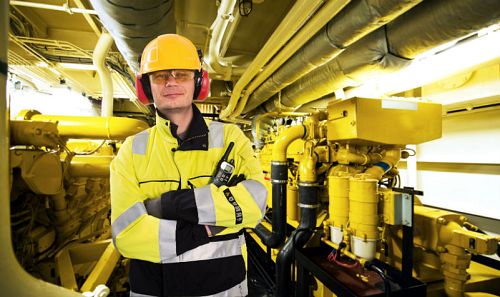Basic Signalling One (BS1)
Duration: 10 Days
Max Delegates: 8
Overview
Basic Signalling One (BS1) Course
Duration: 10 Days
Max. Delegates: 6
Content:
Diagrams, Nomenclature & Symbols – To define signalling language, how it is portrayed diagrammatically and the purpose of different types of diagrams
History of Signalling – Evolution of railway signalling systems to the present-day use of colour light signalling
Block Working – Different types of Block Working, how and where they are used, and the equipment they use
Power Supplies – The range of power supplies used, the method of obtaining the different supplies, how they are distributed and the means of distribution
Relays – Why they are used, historical types, current standard type, mounting on their base, electrical connections, the various specifications and where they are used, specific specialist relays
Other Training Sectors
 Construction
Construction
- Site Supervision Safety Training Scheme (SSSTS)
- Site Safety Plus - Health & Safety Awareness - Virtual Classroom
- Site Management Safety Training Scheme (SMSTS) - Virtual Classroom
- Site Supervisors Safety Training Scheme Refresher (SSSTS) - Virtual Classroom
- Site Management Safety Training Scheme Refresher (SMSTS) - Virtual Classroom
- Book Now





